Long-time followers of my work might remember I was a Canon shooter for nearly 15 years. When I decided to switch to mirrorless, I moved to Sony to take advantage of their (at the time) better autofocus system and a few critical lenses that suited my then-current work. Namely, the Sony 200-600mm G and 14mm f/1.8 GM, which were unique at the time.
Since then, I have expanded my Sony kit to include a few other lenses that I consider best-in-class, like the 24-70mm f/2.8 GM II, the 70-200mm f/2.8 GM II, the 600mm f/4 GM, and the 35mm f/1.4 GM. You can read a complete list of my current cameras and lenses in this post. In that list, you will see that I now own a selection of Canon and Nikon mirrorless gear alongside my Sony gear, including flagship cameras such as the Nikon Z9. In this post, I wanted to explain why that is and why it probably isn’t necessary for you.
Why Own Three Camera Brands?
The simple answer to the reason I now shoot Sony, Canon, and Nikon is this website. Over the years, Shutter Muse has played an increasingly significant part in my photography business. While I still work for clients in several different industries, and always will, because I think it’s essential to DO the work and not just talk about it, I have also dedicated more time to creating content for the site’s growing readership.
The problem is that you can’t be an expert in a particular camera system unless you use that brand’s gear. I wanted to include content about Canon and Nikon equipment and Sony, which meant being familiar with how their systems work. It’s not enough to watch a few YouTube videos and read a spec list as many other “experts” do. Each of these three brands has strengths and weaknesses, some of which are only apparent after spending a great deal of time with them in the field.
Truthful Reviews
Most camera and lens reviews on the internet are written by people who have invested heavily in one system. They are pre-disposed to positivity, and it can be hard to tell how much of their opinion is truthful and how much is influenced by their desire to have “chosen right” when picking their brand.
To expand my horizons and better serve Shutter Muse readers, I have recently spent tens of thousands of dollars of my hard-earned cash buying into the Canon and Nikon systems alongside my Sony system. I can now do my professional work with any of these three systems, and I don’t have a dog in the fight when choosing one over the other.
I can’t think of a better way to be more brand impartial than investing heavily in all three systems. If one brand makes a better lens than another, I’m free to make that choice, and you, as a reader, can be sure that my opinion isn’t influenced by brand loyalty. Now that I know I can select any lens from the three big brands for my work, I’m excited to make some comparisons.
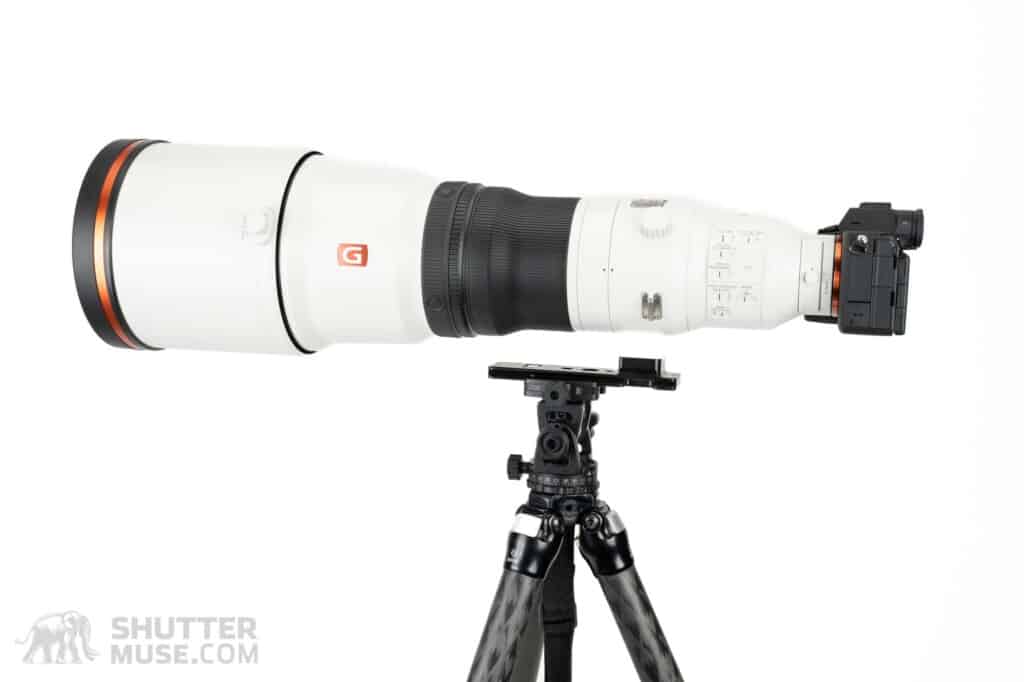
A Deeper Understanding = More Accuracy
Not long ago, I read a review of a $16,000 lens on one of the other major photography websites. The review was not entirely favourable, but the reviewer commented that he was testing the lens using a flagship mirrorless camera that he had never used before. Commenters on the post quickly pointed out that he was passing judgment on this lens while trying to learn how to use one of the most complicated cameras ever made. One whose manual runs to over 900 pages per language!
Of course, there was every possibility that the reviewer’s results were down to his unfamiliarity with the camera rather than any issue with the lens. Rightly, readers of that site were infuriated that a review designed to help people decide on such an expensive purchase –probably the most costly lens anyone might ever consider buying– could be skewed by someone’s unfamiliarity with the camera.
At this point, I knew that I would need to own cameras from all three brands if I wanted to feature Canon and Nikon lens reviews on this site alongside Sony reviews. Owning all three would allow me to buy or borrow lenses for any of the systems and be confident that the performance I saw from a lens was its actual performance, unaltered by any possible lack of familiarity with the camera.
Likewise, I realized that the same must be true for testing cameras. I needed a set of lenses I was deeply familiar with for each brand. I needed to understand the autofocus performance of these lenses in varying conditions and the optical characteristics when handled correctly. A deep familiarity with the lenses would help me remove that variable from the equation when testing purchased or borrowed cameras for any reviews.
You Don’t Need Three Camera Brands
While I have good reason to own cameras and lenses for all three brands, you don’t need to do the same. Sony had an undeniable technology lead in the mirrorless market a few years ago. It made sense since they created their full-frame mirrorless system long before Canon and Nikon. These days, the gap has closed between the three companies, and having used all three systems extensively–such is the benefit of owning all three–I can tell you the differences between them are marginal.
All three systems now have flagship cameras that suit professional users. All three systems have mid-range full-frame solutions that deliver incredible performance for the prosumer users, and all have excellent APS-C solutions for those who want to save money or weight. Any perceived lead one brand has over the other is more down to offset product cycles than anything else. Sure, one camera might have a better EVF than the EVF of the equivalent camera from another brand or a higher-resolution LCD screen, but this specification deficiency will likely be reversed in some other area of the camera.
And let’s not forget that personal preference plays a massive part in our choices. This was underlined to me recently by a popular YouTube channel that pitted the Sony a1 against the Nikon Z9 to choose which of these cameras would become her camera. In the end, said YouTuber decided on the Sony a1, largely because she preferred the viewfinder. Yet there I was, with a Sony a1 and a Nikon Z9 on my desk, thinking how I preferred the viewfinder of the Z9, despite it being–by the numbers–a lower resolution.
The simple fact is this: If you told me I could only pick one brand, it would be almost impossible to choose between them. Each system has cameras and lenses I love. If you told me that you would select one brand for me, I wouldn’t care in the slightest. Pick whichever one you want for me. I can accomplish my work with any of them and enjoy doing so.
What About Other Brands?
Of course, people have asked me why I don’t own a Fuji camera, a Panasonic, or even a Hasselblad. I’d love to! But the simple fact is that there’s barely enough time in the world for me to delve deep into three brands, let alone four, five, or six! And in the end, my choice of Canon, Nikon, and Sony come down to the numbers. More people want to know about these three systems. This site has room to grow, though. Perhaps in the future, I can find some gurus deeply familiar with the systems I am not.


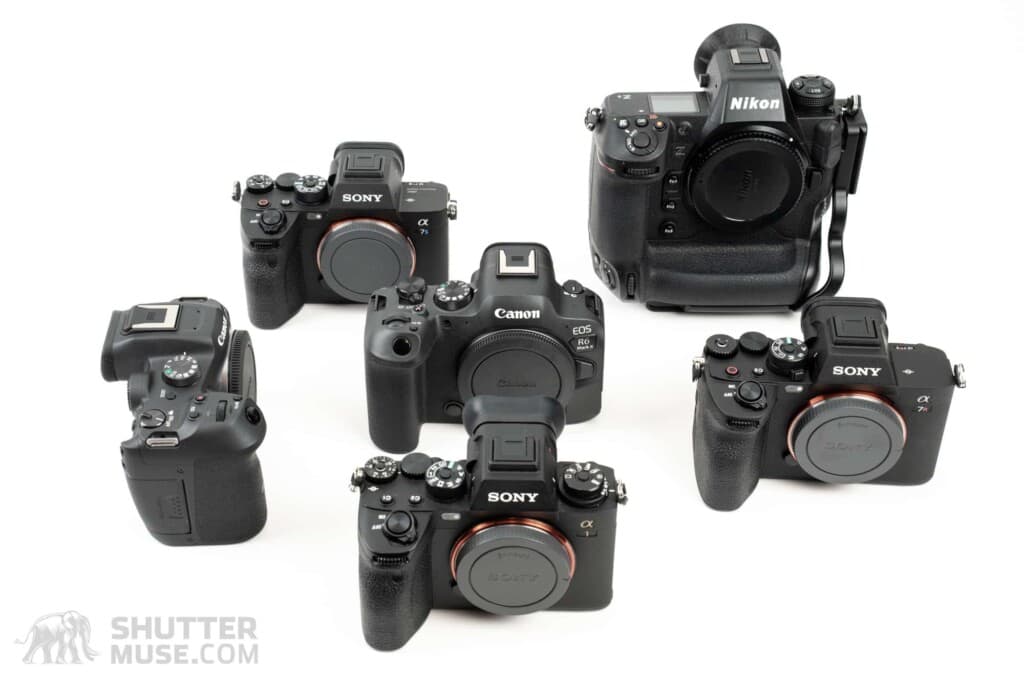
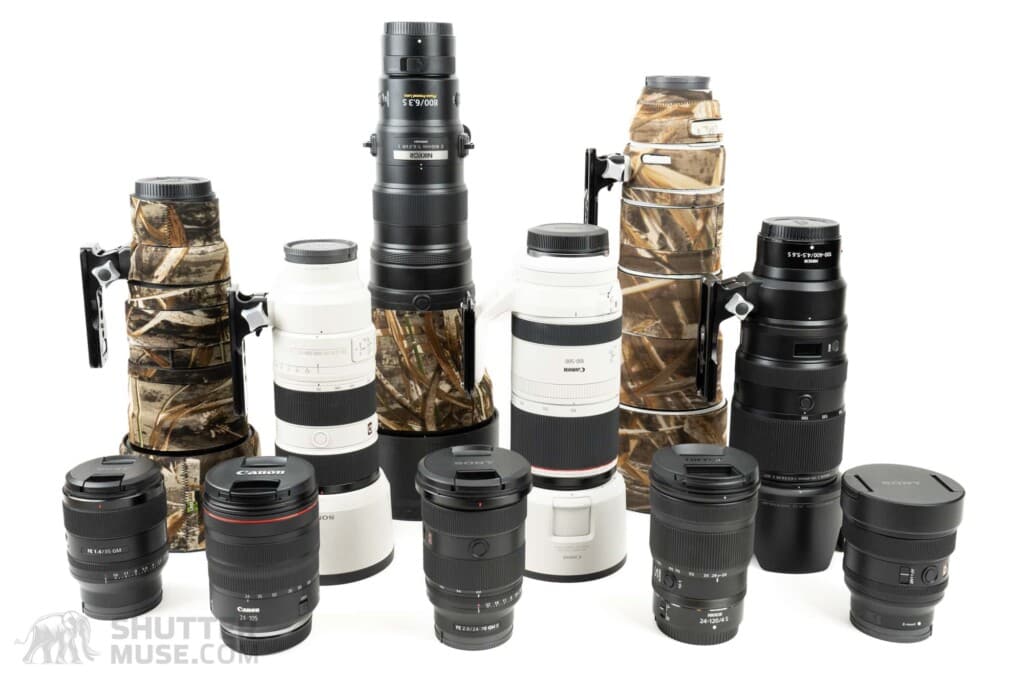




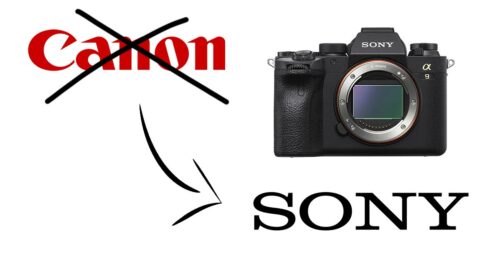
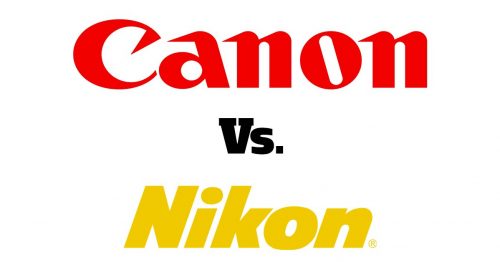
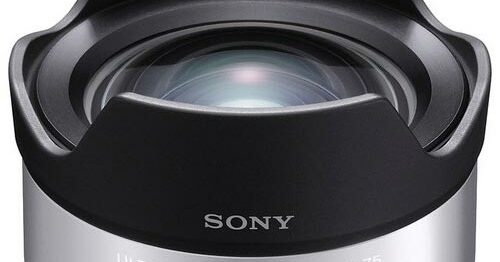

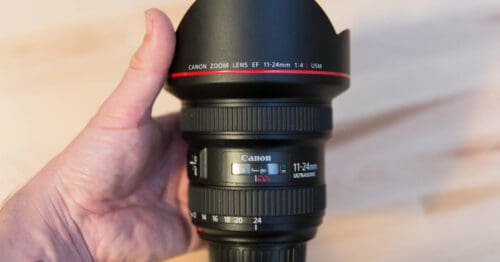
I would be interested to hear how you find regularly switching between systems and indeed how you decide which system you are going to use for a particular job.
Constantly switching is hard. I wouldn’t recommend it to most people. I put up with it because I believe I have a good reason to do so, and I try to set up the buttons on all cameras similarly. As for choosing which cameras to use depends on many things, and the choice will change all the time as I change cameras. Right now, I choose my Sony kit if I want small and light. I also choose Sony and the new a7R V if I want resolution. If I want the best AF, it’s the Sony a1. If I want maximum telephoto reach, I grab the Nikon Z9 because I have the Z 800mm lens, and I don’t have anything as long for Canon or Sony at the moment. Often, I grab whatever camera I’m getting to know. Though it must be said, I have a real soft spot for the Z9 right now. In terms of comfort and usability, it’s my favorite all-rounder.
“Commenters on the post quickly pointed out that he was passing judgment on this lens while trying to learn how to use one of the most complicated cameras ever made.”
That’s a condition called “Premature Evaluation”.
Lots of YouTubers will rent “the latest thing” so they can make a quick video that will get them lots of views. Not at all a real-world situation. In fact, not much different than what you’d experience yourself if you went to a camera store and spent about 10 minutes with the gear.
Exactly. 100%
And yet the YouTubers do post “real world” use reviews. But they usually boil down to spending a long day with a camera and lens.
Haha. Yes, exactly!